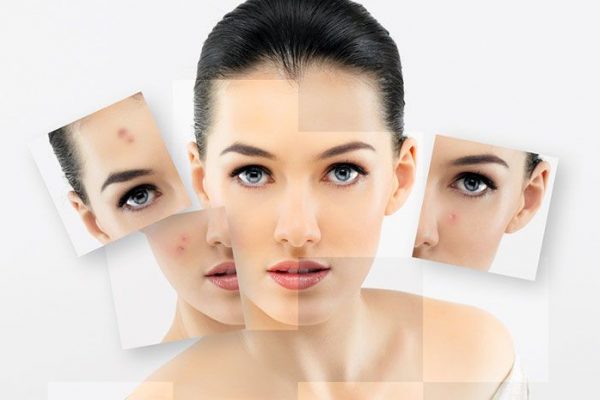Vitamin C and glycolic acid are active ingredients used in a skincare product to address aging marks like fine lines, wrinkles, rough skin tone, dullness, loss of elasticity, and hyperpigmentation. Since the two actives are so potent for fighting aging concerns, is it logical to apply them together?
Technically speaking, it is possible to use them together, and logically it isn’t. Why would you apply products that provide similar functions simultaneously? The action does not sound reasonable at all, besides you achieve a better result when they are utilized separately. However, for some functional or technical reasons you can apply them together. The pH range of the two ingredients is similar, which is 3 to 4 levels for glycolic acid and less than 3.5 pH level for vitamin C. This similar pH range infers that the two-ingredient can be applied together because the skin can easily absorb them and respond positively even when applied together.
Although the two skincare actives can work effectively together on the skin, you should desist from trying it out, and even if you do, let it not become a habit. To prevent tolerance and reaction, do not use them together. The smallest portion of AHA is glycolic acid, so it penetrates the skin deeply, which may trigger irritation and redness upon usage. Vitamin C is an acidic ingredient that can also trigger burning, irritation, and redness base on its concentration. Now you see why applying these two ingredients together is not a good idea?
If you do not have sensitive skin and can endure little acid brands and severe exfoliating acid, perhaps you can apply vitamin c and glycolic acid simultaneously, but play safe, alternate their use per day.
Applying glycolic acid and vitamin c by-products together
How does using glycolic acid and the vitamin c end-product together sound? Fortunately, the skincare industry is replete with derivatives of VC (vitamin c), so there is a lot to pick from. The derivative of VC (example: ascorbic acid) does not irritate the skin or cause imbalance, and importantly, they provide similar benefits to ascorbic acid. The ingredients are a good mix, their pH levels are best used as a yardstick. For instance, the pH level for VC end-product is higher compared to pure VC, ranging from 4 to 7 pH levels.

So, utilizing glycolic acid ingredients of pH level 3 to 4 and VC derivatives of 4.0 plus may lower the potency of the two products. For this reason, you may have to think about using glycolic acid first, and applying vitamin c by-product after 30 minutes after absorption. Instead of applying them together, you can alternatively use them at different periods of the day.
Even if you use VC derivatives or pure VC, always apply vitamin c in the morning to receive a good dose of antioxidant defense when exposed to the sun during the day. Another reason to utilize vitamin c in the day is that it boosts the sun protection properties of sunscreen products.
In summary, rather than use glycolic acid and vitamin c together, you can use the latter in the morning and glycolic acid in the evening. Applying glycolic in the evening helps in moisturizing and soothing your skin, the ingredient, hyaluronic acid assist in replenishing your skin throughout the night.



